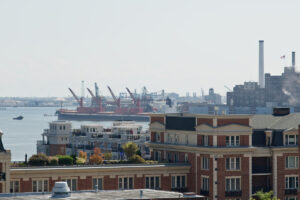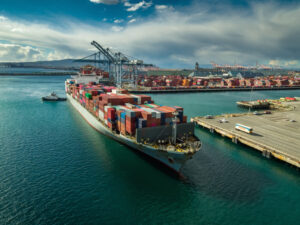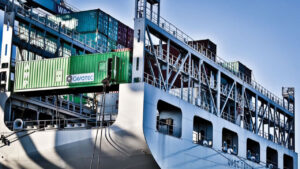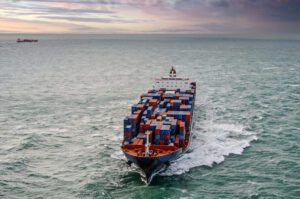Scrapping of containerships has dwindled in 2015 despite the overcapacity affecting most deep-sea trades, according to Drewry Shipping Consultants.
The number of containerships that were scrapped by the half-way stage of 2015 decreased dramatically, with only 47 vessels demolished compared to 107 at the same stage in 2014.
The scrapping slowdown has seen a paltry 87,500 TEU removed from the world’s cellular fleet, which is fast approaching the 20 million TEU mark with the rapid influx of big new ships.
By the end of 2015, it is anticipated that the scrapping total will barely be half of what it was in 2014 and the sum could be the lowest since 2011, representing approximately just a tenth of the newbuildings that have been added to the fleet.
Owners of older ships have preferred 2015 to extend the lifecycle of their assets rather than consign them to the scrap heap because demolition prices are less attractive than they were and because there was some renewed demand for Panamax ships as a result of new regional services in the early months of the year, particularly in Asia, and to cover the US West Coast port strikes.
The lack of scrapping activity could be viewed as a missed opportunity to redress the supply and demand imbalance, but according to Drewry scrapping does not do anything to minimise overcapacity in the high-volume trades that have the biggest say on the leading carriers’ profitability.
Drewry believe that measuring the impact of scrapping on the global fleet is meaningless since it is crucial to look at deployment of assets at the individual trade-route level. By only scrapping vessels of less than 6,000 TEU that are deployed mainly in North-South and intra-regional trades, nothing is done to alleviate the pressure on East-West routes, where virtually all of the newbuild capacity is placed.
There are only around 40 ships above 4,000 TEU that are currently older than 20 years, meaning that most of the immediate scrapping candidates will as before come from the sub 2,000 TEU sector.
However, this will change in the next 3-4 years, with many more Panamaxes becoming theoretical candidates for scrapping, especially with the widened Panama Canal looming whereby trade route deployment becomes much more difficult.
An example of the importance of analysing capacity on a trade-by-trade basis is if all of the 20+ years old ships demolished tomorrow the global fleet would shrink by around 750,000 TEU, representing 4% of the total, yet ship utilisation on the embattled Asia-Europe services wouldn’t budge by 1%.
The Drewry View: Drewry expects scrapping to pick up a bit next year, but unless owners take the brave move to get rid of younger and bigger ships it is not the answer to the industry’s overcapacity problem.








